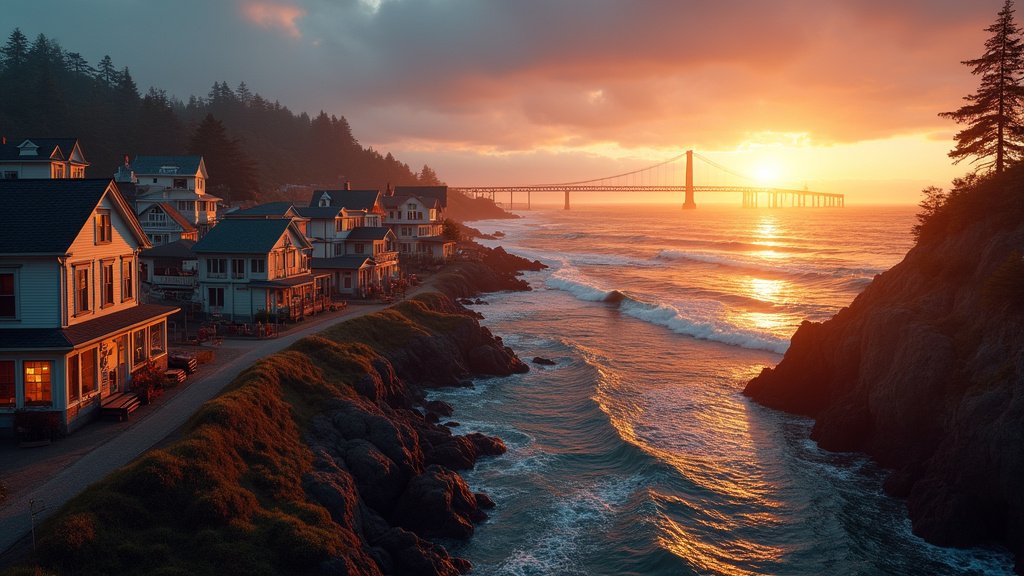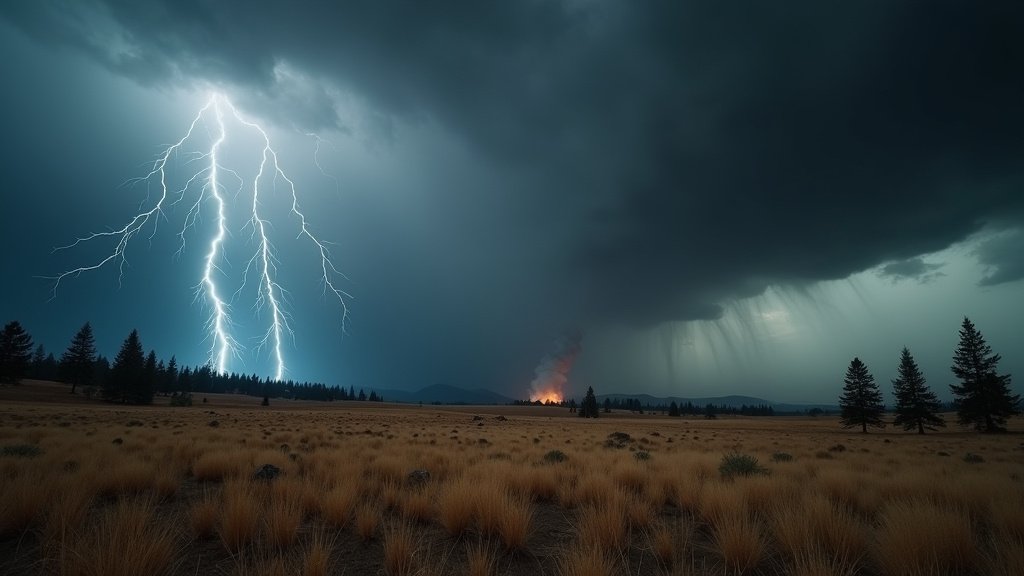Nestled at the confluence of the mighty Columbia River and the vast Pacific Ocean, Astoria, Oregon, has long held a unique position in American history. As the first permanent American settlement west of the Rocky Mountains, its story is one of enduring resilience and constant evolution [9, 18]. Once a rugged port town defined by its maritime industries and a self-effacing, almost inadvertent hip charm in the 1990s, the Astoria Oregon rise as a prominent coastal destination has been nothing short of transformative, particularly since a significant tourism boom around 2015 [29].
A Deep-Rooted Past and Its Enduring Allure
Astoria’s foundation in 1811 by John Jacob Astor’s Pacific Fur Company marked it as a pivotal hub for trade and exploration, following closely on the heels of the Lewis and Clark Expedition’s winter encampment at nearby Fort Clatsop (1805-1806) [9, 16, 33, 38]. For centuries, its economy revolved around fishing, salmon canning, logging, and shipbuilding, industries that left an indelible mark on its cultural and architectural landscape [9, 16, 27, 35]. The city, known for its steep hills and an impressive collection of Victorian architecture, particularly the ornate Queen Anne style, has even earned the moniker “Little San Francisco of the Pacific Northwest” [26, 27]. This rich tapestry of history, visible in its well-preserved buildings and the revitalized downtown area that still echoes the architecture of the 1920s after devastating fires, forms the bedrock of its appeal today [18, 33].
For those who experienced Astoria in the 1990s, it possessed a raw, unpolished allure—a certain “grime with grace” that felt distinctly anti-establishment [29]. Some reports from 1997 even suggested that many of its historic Victorian homes could be purchased for as little as $10,000, a stark contrast to today’s burgeoning real estate market [29]. This era represented a different kind of cool, one less about polished tourism and more about an authentic, working-class maritime identity.
Catalysts for Astoria Oregon’s Rise
The pivot towards a modern tourism powerhouse gained significant momentum around 2015, driven by several factors [29]. Economic impact reports for Clatsop County highlight a substantial increase in direct tourism spending, showing a more than 27% rise between 2010 and 2014 alone [23]. Tourism has since become a critical component of Astoria’s economy, generating thousands of jobs and fueling economic development [19, 21].
A key driver of this newfound popularity is Astoria’s cinematic legacy. The city proudly served as the backdrop for iconic films such as The Goonies, Kindergarten Cop, and Free Willy [3]. The Oregon Film Museum, housed in the historic Clatsop County Jail (itself a Goonies filming location), celebrates this heritage, drawing fans from around the globe to visit movie locations like Mikey’s house and the jail itself [3, 6, 8, 12, 14].
Beyond its silver screen fame, Astoria offers a diverse array of attractions that cater to a wide range of interests. Visitors flock to the Astoria Column for panoramic 360-degree views of the Columbia River, Pacific Ocean, and surrounding landscapes 5, 13]. The Columbia River Maritime Museum provides an immersive journey through the Pacific Northwest’s seafaring history, showcasing everything from dugout canoes to WWII warships [3, 7, 13, 24]. A stroll along the historic Astoria Riverwalk offers scenic waterfront views, dotted with restaurants, breweries, and museums, often accompanied by the charm of the Astoria Riverfront Trolley [3, 10, 13, 20]. For those interested in exploring the broader region, Astoria serves as an excellent gateway to the [Oregon Coast, with easy access to attractions like Fort Stevens State Park and Cape Disappointment [3, 5, 10].
The Modern Astoria: A Blend of Old and New
The modern Astoria Oregon rise is also intrinsically linked to its vibrant culinary and craft beverage scene. The city boasts a booming craft beer industry, with acclaimed establishments like Fort George Brewery and Buoy Beer Co., which often feature scenic views of the Columbia River 3, 10, 17, 25, 31, 37]. These breweries, alongside a growing number of diverse restaurants, contribute to a sophisticated “foodie culture” that surprises many for a town of its size [10, 15, 17, 28]. This blend of historic charm and contemporary offerings has solidified Astoria’s reputation as a must-visit destination, offering an inviting atmosphere for visitors looking to explore the city’s unique [Oregon Nightlife Guide and cultural events [15, 27, 28].
However, this growth hasn’t been without its challenges. The influx of tourism and new residents has unfortunately exacerbated housing shortages and affordability issues, posing concerns for the local workforce and long-term residents [44]. Despite these growing pains, Astoria continues to balance its rich historical identity with modern development, carefully curating an experience that honors its past while embracing its future as a thriving coastal haven.
From its pivotal role in early American expansion to its current status as a cultural and recreational hotspot, Astoria, Oregon, exemplifies a compelling transformation. Its ability to maintain its rustic charm while adapting to a new era of coastal cool ensures its continued appeal for generations to come.




